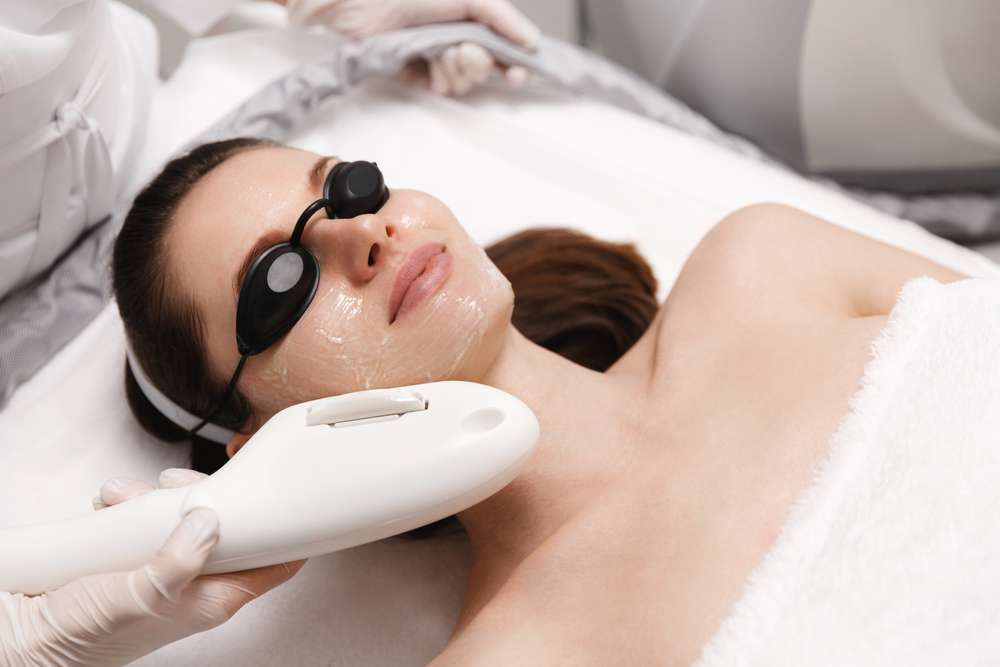Tanning Salons: Beds, Beauty Benefits, and Skincare
Tanning salons remain a popular option for people seeking a bronzed look, confidence boost, or a way to even out skin tone before special events. Whether you’re curious about the technology, the beauty trends, or how indoor tanning fits into a sensible skincare routine, it helps to understand what salons offer, what risks exist, and how to evaluate services in your area. This article breaks down the basics of salon offerings, the mechanics behind tanning beds, how tanning intersects with beauty standards, and practical skincare considerations so you can make informed choices.

This article is for informational purposes only and should not be considered medical advice. Please consult a qualified healthcare professional for personalized guidance and treatment.
What is tanning and why do people choose it?
Tanning refers to skin darkening caused mainly by ultraviolet (UV) light stimulating melanin production. People choose tanning for various reasons: to achieve a seasonal look, feel more confident, or prepare for events where a tanned appearance is desired. Salons typically offer controlled UV sessions and sunless options like spray tans. Understanding personal motivations helps guide safer choices—if appearance is the priority, non-UV alternatives can deliver immediate color without UV exposure, while UV tanning builds gradually and carries documented health risks.
What is a tanning salon?
A tanning salon is a facility that offers services to darken the skin. Typical offerings include stand-up or lay-down tanning beds, tanning packages, spray or airbrush tans, and sometimes complementary skincare products. Professional salons should assess skin type, provide eye protection, and give clear session timing guidance. Cleanliness, staff training, and licensing vary by location, so looking for facilities with transparent hygiene practices and staff who discuss risks and aftercare is important when comparing local services.
How does a tanning bed work?
A tanning bed uses fluorescent or LED bulbs that emit UVA and sometimes UVB radiation to stimulate melanin production in the skin. Sessions are timed to limit exposure; users usually wear protective eyewear and may be advised to use specific lotions. Modern beds vary in intensity, and some promise faster results through higher UVA ratios. Regardless of technology, the same basic mechanism—UV radiation causing pigment change—applies. That radiation can also lead to skin aging and increased cancer risk, so session frequency and duration should be managed carefully.
Is tanning part of modern beauty routines?
Tanning has long been part of beauty norms, shifting culturally across eras. Many people incorporate tanning—natural, salon, or sunless—into their routines to achieve a chosen aesthetic. In recent years, awareness of UV risks has increased demand for sunless tanning options like spray tans and self-tanning products that mimic a bronzed look without UV exposure. Beauty trends now often emphasize healthy-looking, even-toned skin, and many practitioners recommend combining safe color-enhancing methods with skincare practices that protect overall skin health.
How does tanning affect skincare?
Tanning impacts skincare in several ways: UV exposure breaks down collagen and elastin, accelerating visible aging; it can worsen pigmentation issues like melasma; and repeated exposure increases cumulative risk for skin cancer. Aftercare matters—moisturizing, using antioxidants in topical products, and protecting treated skin from further UV are essential. For those who choose tanning beds, limiting frequency, following salon guidance, and monitoring changes in moles or skin texture are prudent. If you have existing skin conditions, a dermatologist can advise whether tanning or alternatives are appropriate.
Conclusion
Tanning salons can offer a range of ways to achieve a tanned look, from traditional UV beds to spray tans. Knowing how tanning works, the salon practices to expect, beauty implications, and the skincare consequences helps you weigh benefits and risks. Prioritizing informed decisions—considering non-UV options when possible, following salon safety protocols, and maintaining a protective skincare routine—supports a balanced approach to appearance and long-term skin health.






